Introduction
We are living in the age of transformation — a time when technology is redefining how we live, work, communicate, and think. By the year 2026, the world will experience a major leap forward with groundbreaking innovations that will not only change industries but also reshape human life itself.
From fusion energy to AI-powered neural computers, and from metaverse integration to space colonization, every field is advancing rapidly toward a smarter, cleaner, and more connected future.
In this post, we’ll explore the Top 7 New Technology Inventions in 2026 That Will Change the Future, how they work, why they matter, what challenges they face, and how they will affect our daily lives.
1. Net-Positive Fusion Reactor — The Future of Clean Energy
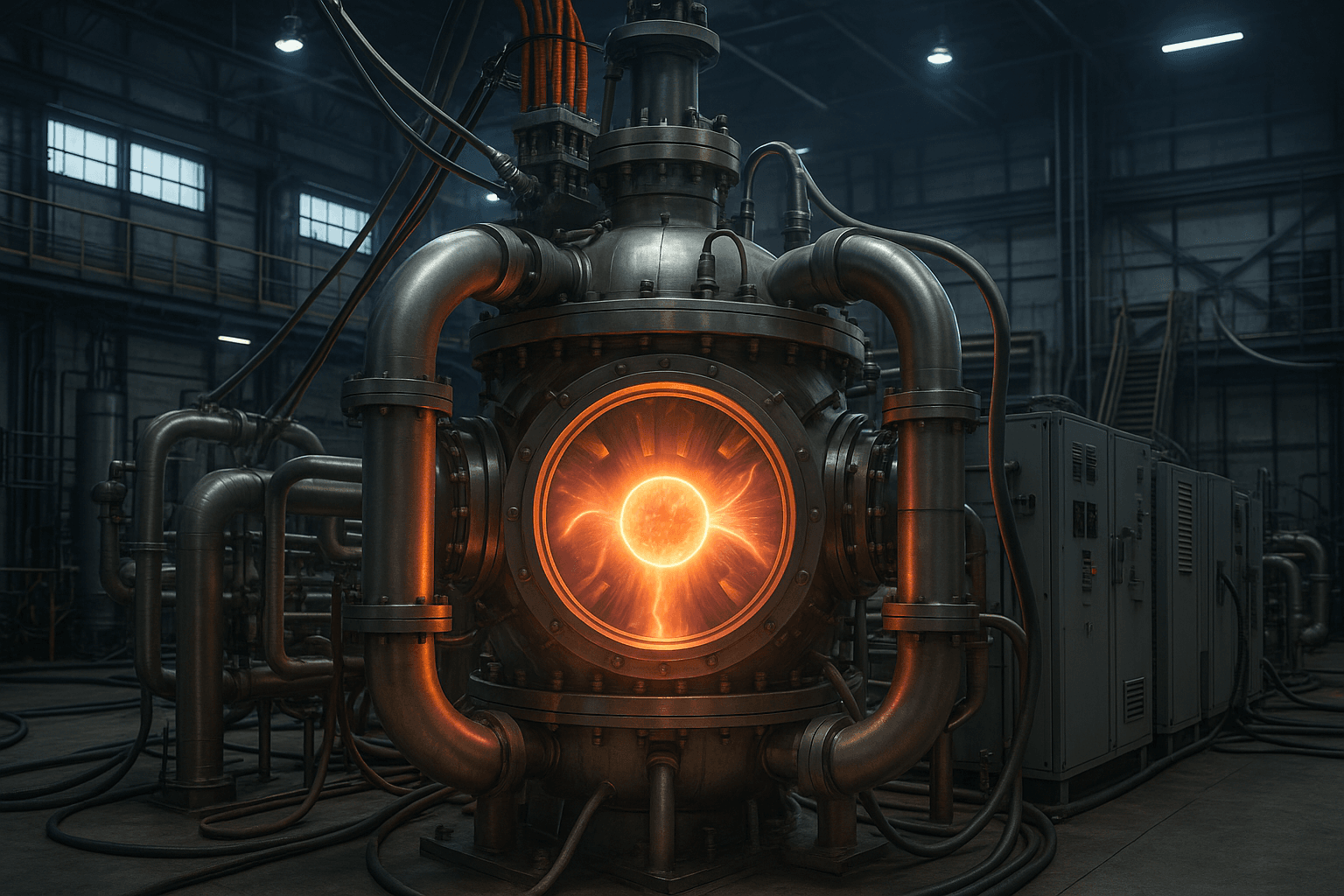
What Is It?
Fusion power — the process that powers the sun — has long been the “holy grail” of clean energy. In 2026, the world may witness the first net-positive fusion reactor, capable of producing more energy than it consumes.
Projects like SPARC (Tokamak) and ITER are leading this revolution by containing super-hot plasma to generate limitless, carbon-free electricity.
Why It’s Revolutionary
- Produces clean, sustainable, and virtually infinite energy.
- Could drastically reduce global reliance on fossil fuels.
- Makes electricity cheaper, greener, and more accessible worldwide.
Challenges
- Extremely high construction and maintenance costs.
- Maintaining plasma stability is technologically complex.
- Transition from experimental to commercial phase will take time.
Impact on Our Lives
- Electricity costs could drop globally, empowering industries and developing countries alike.
- Smart homes and electric vehicles will become more energy-independent.
- Could make “energy poverty” a thing of the past.
2. Neuromorphic Computing & AI Agents — The Rise of Brain-Inspired Intelligence
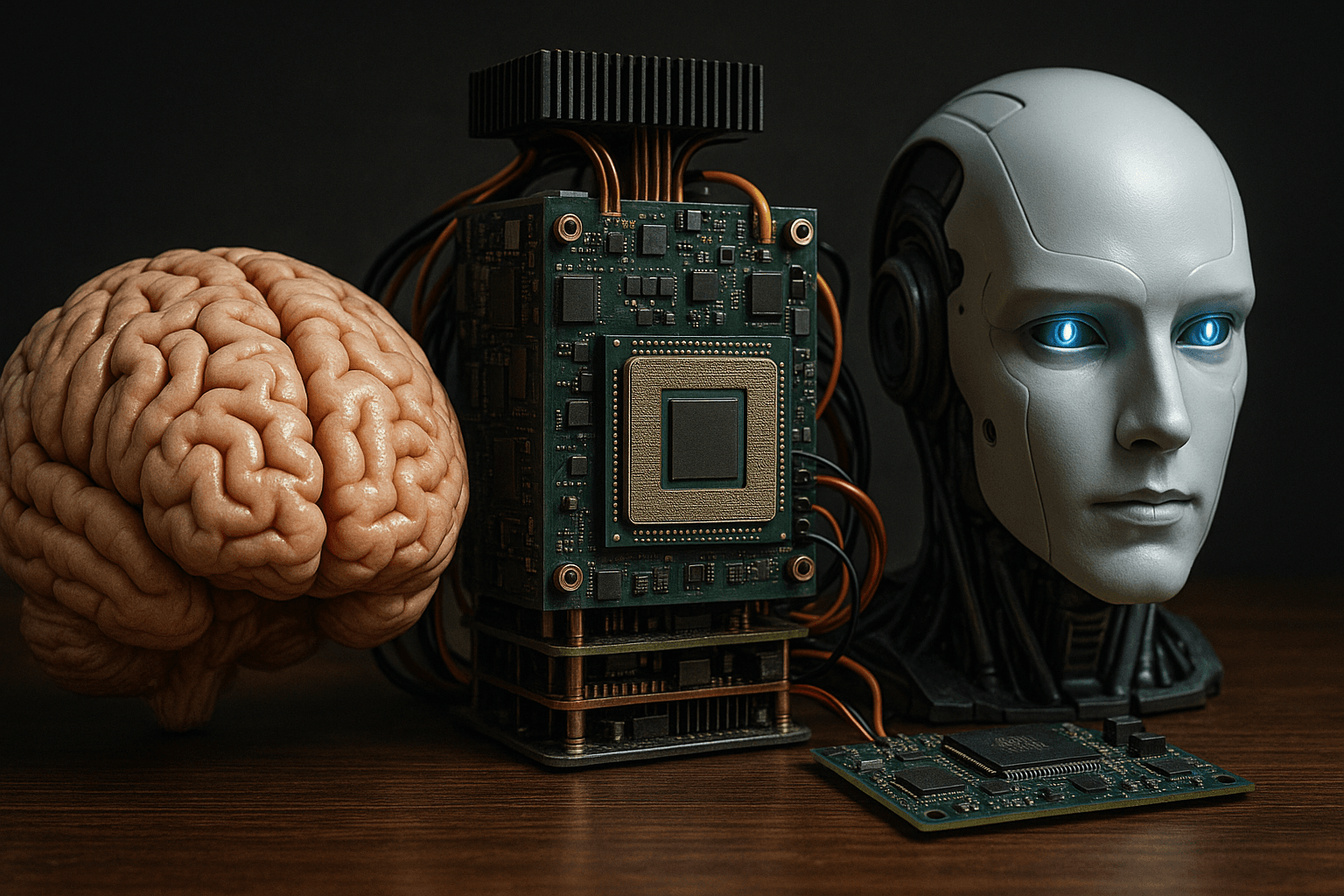
What Is It?
Neuromorphic computing mimics the structure of the human brain using artificial neurons and synapses to create ultra-efficient chips. Combined with AI agents — intelligent virtual assistants capable of autonomous decision-making — this technology will redefine personal and professional computing by 2026.
Why It Matters
- Reduces energy consumption while increasing processing speed.
- AI agents will evolve from simple assistants to proactive collaborators.
- Hyper-personalized AI systems will understand your habits, health, and work style.
Challenges
- Data privacy, bias, and ethical concerns.
- Potential over-dependence on AI systems.
- Regulation and transparency in AI decision-making.
Impact
- AI writing assistants will generate, edit, and optimize blogs in real-time.
- Smart devices will adapt automatically to your mood, needs, and environment.
- Health AI could predict diseases before symptoms appear.
3. Augmented Reality (AR) & Metaverse Infrastructure
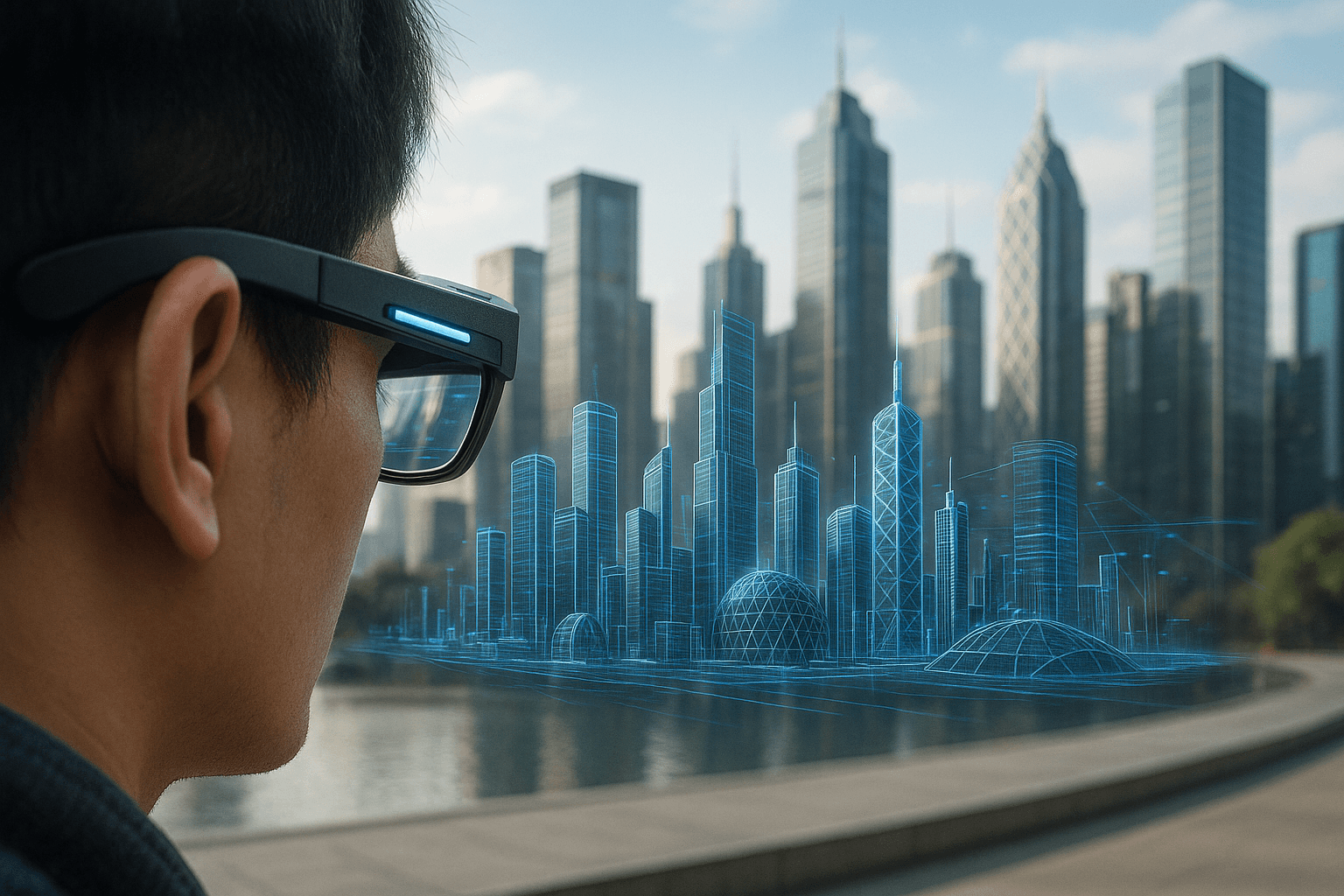
What Is It?
By 2026, Augmented Reality (AR) and Metaverse platforms will merge digital and physical worlds. Smart AR glasses, immersive digital spaces, and virtual environments will be a part of everyday life.
Why It’s Exciting
- Revolutionizes education, healthcare, entertainment, and business.
- Enables virtual offices, real-time global collaboration, and immersive training.
- Retail and real estate will use AR for “try-before-you-buy” experiences.
Challenges
- AR glasses still need better battery life and comfort.
- Privacy concerns and data overload.
- Psychological effects of extended virtual exposure.
Impact
- Surgeons will practice operations in AR simulations.
- Gamers will experience real-world integration with AR horror games and zombie survival adventures.
- AR shopping and tourism will become part of the digital lifestyle.
4. Bioconvergence — The Merging of Biology, AI, and Engineering
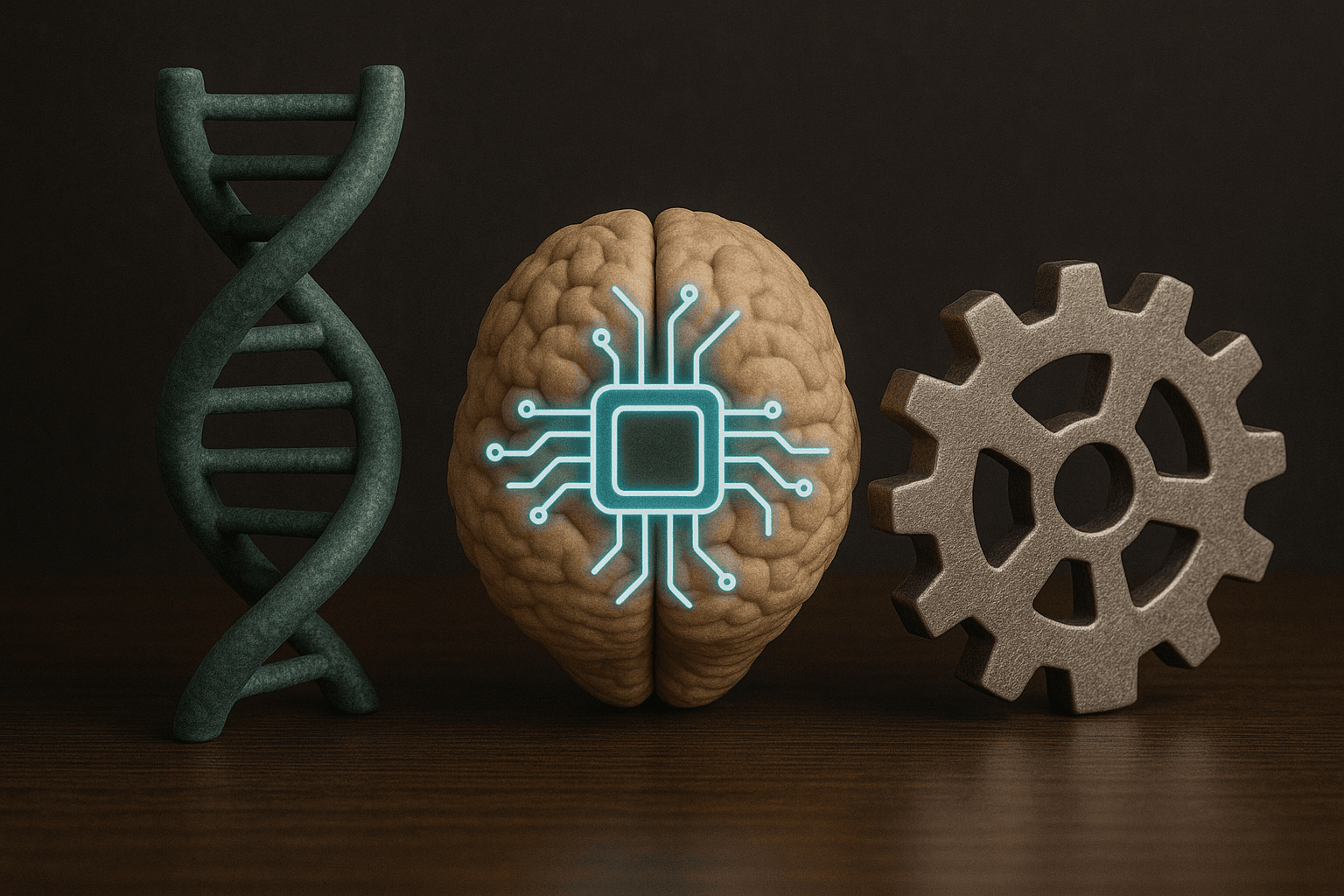
What Is It?
Bioconvergence is the fusion of biotechnology, computing, and material science — enabling artificial organs, DNA-based computing, and smart bio-devices. By 2026, it could revolutionize medicine, agriculture, and environmental science.
Why It’s Revolutionary
- Personalized medicine based on your DNA will become mainstream.
- Micro bio-robots will heal internal injuries or clean polluted water.
- Bio-sensors will continuously monitor health and predict diseases.
Challenges
- Ethical and safety concerns of editing life.
- Privacy and ownership of genetic data.
- Unequal access to advanced biotechnology.
Impact
- Artificial organs could save millions of lives.
- Bio-farming could end hunger and increase food quality.
- Healthcare will move from reactive to predictive.
5. Smart Materials & 4D Printing — Manufacturing That Adapts
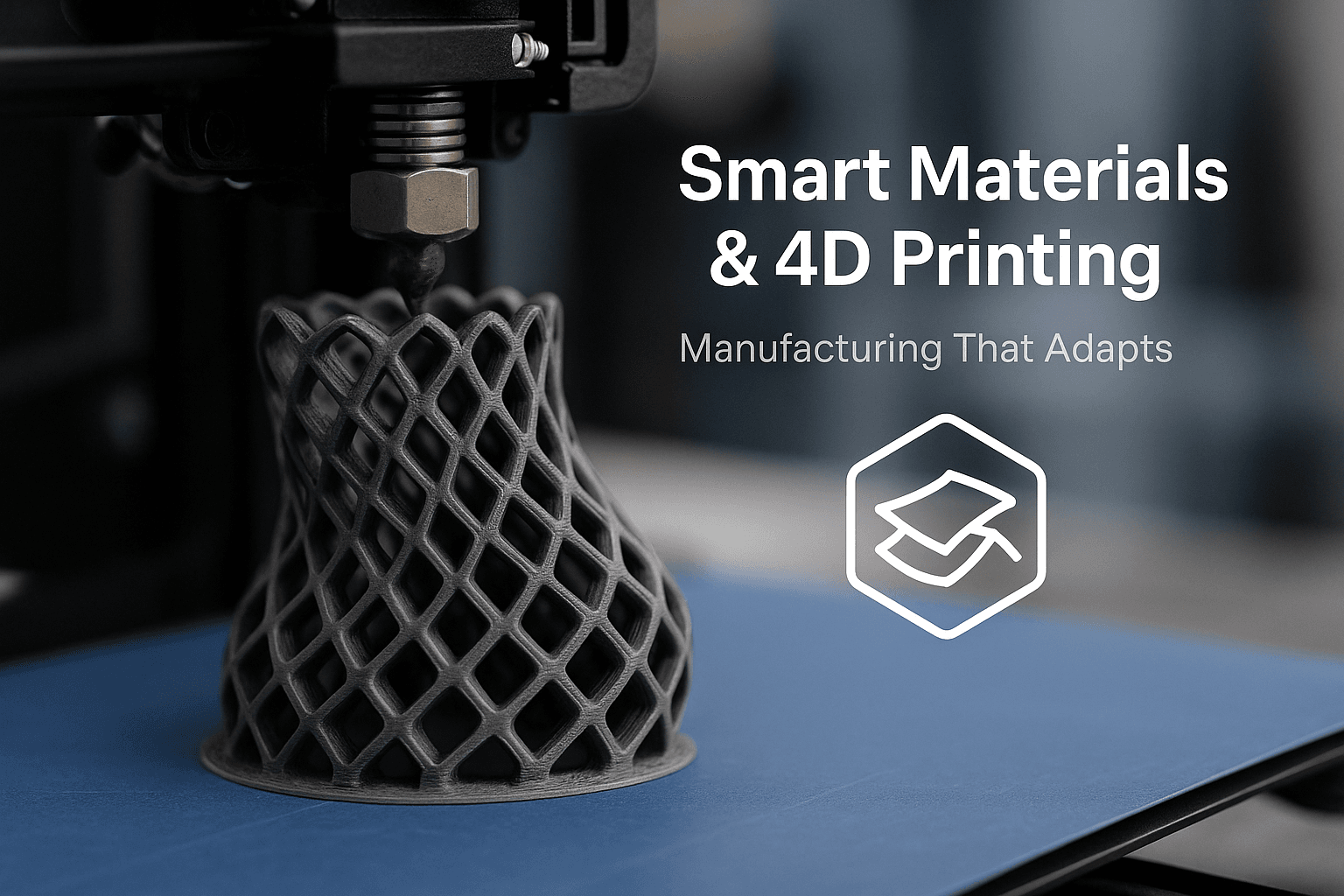
What Is It?
Smart materials can repair, reshape, or adapt themselves based on temperature, light, or movement. 4D printing adds a time dimension — allowing 3D-printed objects to change form automatically.
Why It’s Game-Changing
- Buildings that heal their own cracks.
- Tires that self-repair after damage.
- Clothes that adapt to body temperature or environment.
Challenges
- High material costs and complex design requirements.
- Manufacturing standards are still evolving.
- Automation may affect traditional jobs.
Impact
- 2026 could see wearable smart fabrics that monitor heart rate and fitness.
- Personalized prosthetics and medical devices will become more accessible.
- Factories will become adaptive, efficient, and eco-friendly.
6. 6G Networks & the Internet of Everything
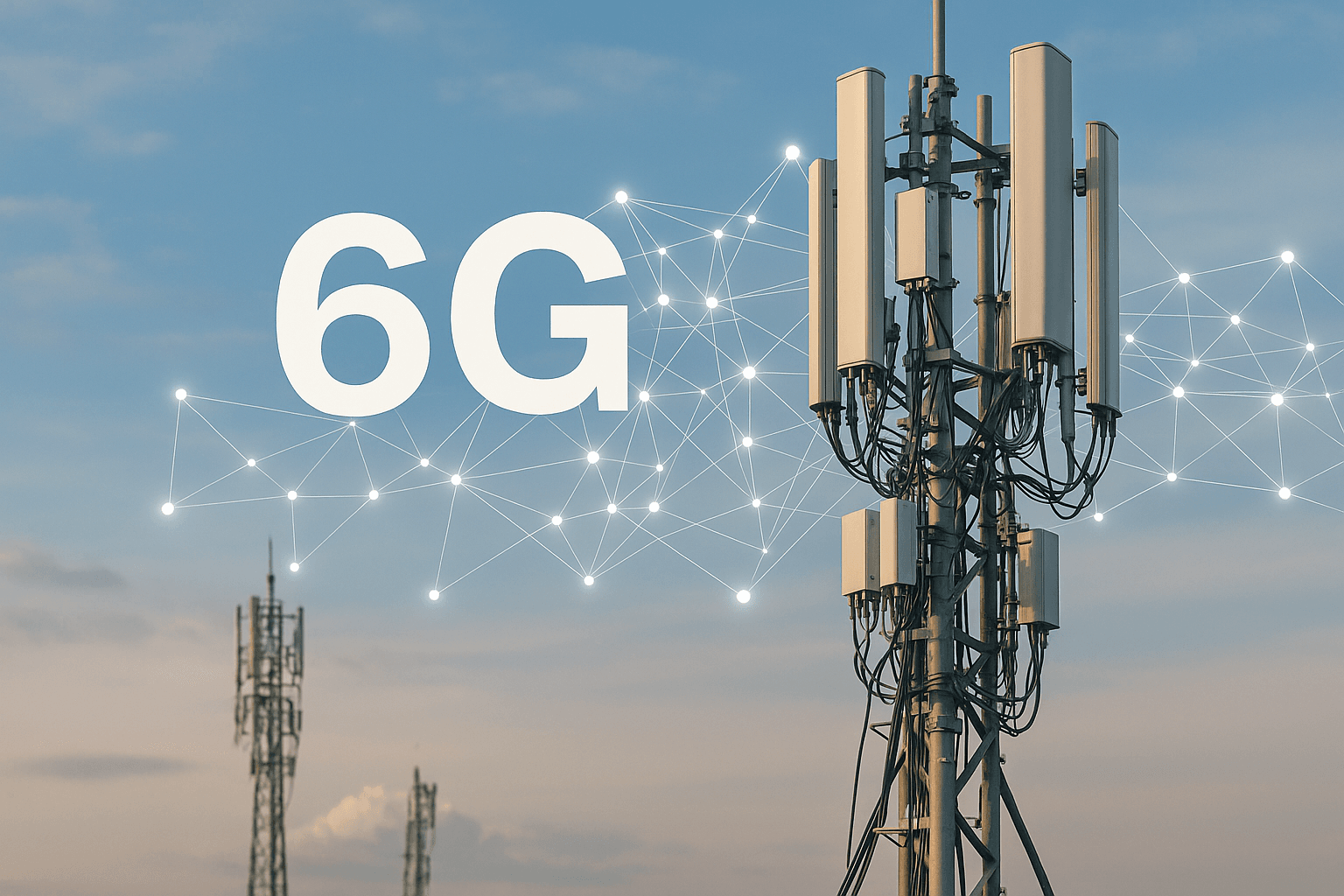
What Is It?
6G is the next evolution after 5G — offering ultra-low latency, lightning-fast speeds, and massive connectivity. It will power the Internet of Everything (IoE) — connecting humans, machines, and environments seamlessly.
Why It’s Important
- Enables real-time remote surgery, autonomous transport, and global connectivity.
- Integrates AI, AR, robotics, and cloud systems in real time.
- Will be the digital backbone of future smart cities.
Challenges
- Cybersecurity and privacy vulnerabilities.
- Infrastructure cost and spectrum regulation.
- Digital divide between developed and developing nations.
Impact
- Doctors will monitor patients remotely with near-zero delay.
- Smart homes will respond to voice, motion, and biometrics instantly.
- Entire cities will operate as connected ecosystems.
7. Space Technology & Multi-Planetary Expansion
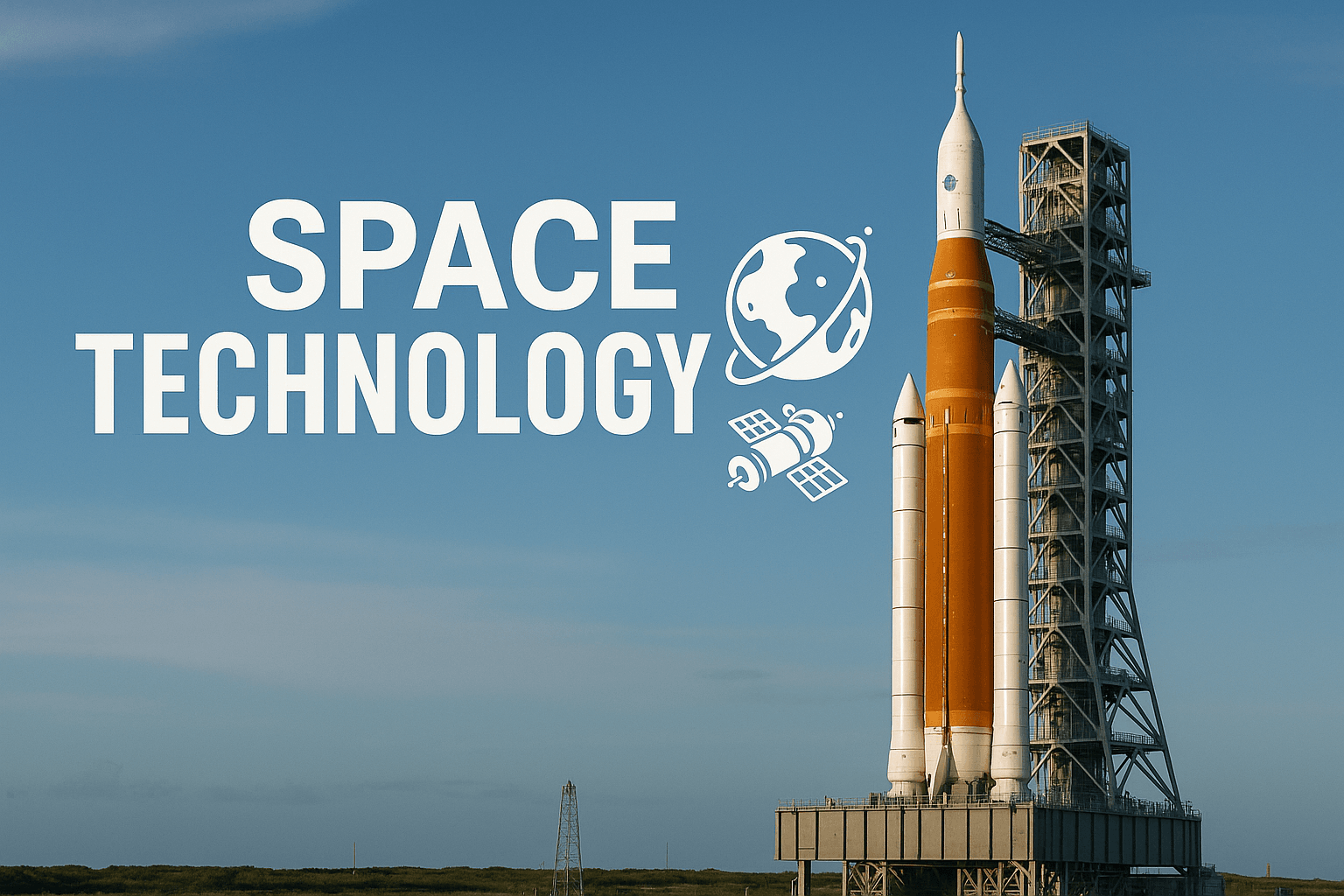
What Is It?
By 2026, space exploration will go beyond science — it will become an industry. Reusable rockets, lunar bases, asteroid mining, and private space travel will become part of the new “space economy.”
Why It’s the Future
- Establishes humanity’s next step toward life beyond Earth.
- Creates new opportunities for global communication and resources.
- Strengthens international collaboration in technology and science.
Challenges
- High costs and physical risks of human space travel.
- Political and legal complexities in space ownership.
- Space debris and environmental concerns.
Impact
- Space tourism could become a billion-dollar industry.
- Satellite networks will bring internet access to remote regions.
- Long-term goal: building sustainable human settlements on the Moon or Mars.
Conclusion
The Dawn of a New Technological Era,
2026 is not just another year — it’s the threshold of a new technological revolution.
The innovations discussed — from fusion power to neuromorphic AI, from AR to bioconvergence, from smart materials to 6G networks and space colonization — are set to transform how we live, communicate, and dream.
For bloggers, businesses, and tech enthusiasts, this is the perfect time to create futuristic content, invest in innovative ideas, and prepare for a world where imagination becomes reality.
If you don’t want to read, you can watch the video by clicking on this Link…

